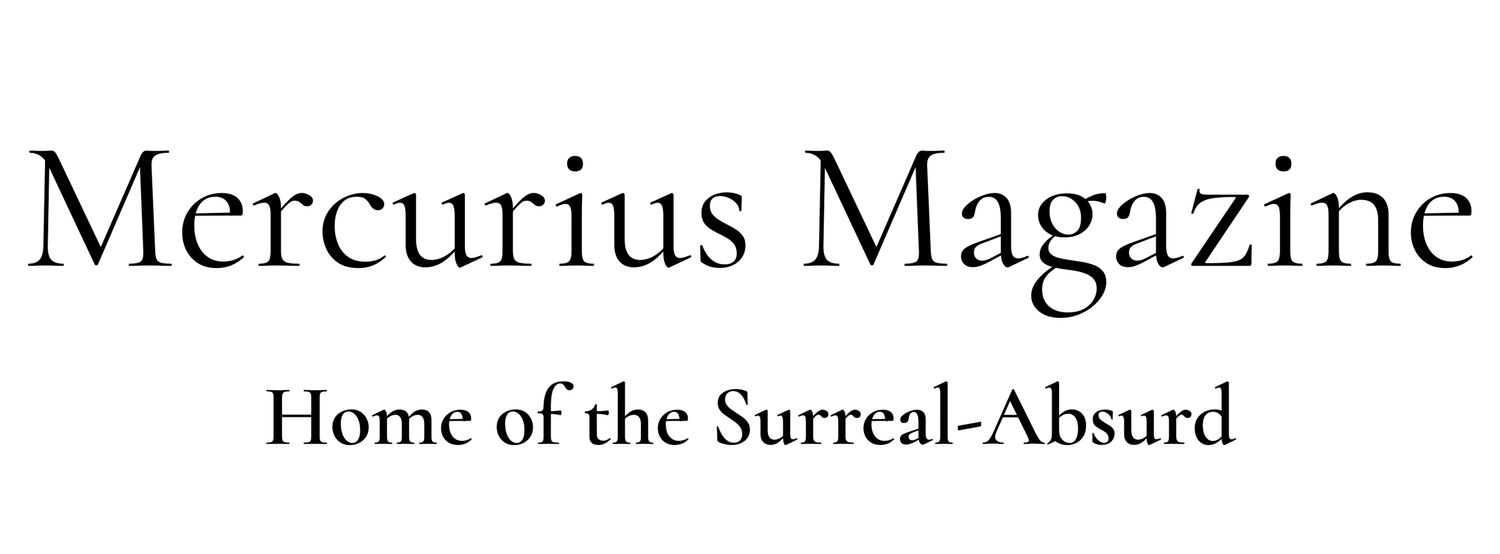‘Where there is waiting, a language opens’: Susie Campbell’s The Sleeping Place, Reviewed by Stephen Sunderland
The Sleeping Place, Susie Campbell’s spell-binding response to the unearthing of an Anglo-Saxon burial ground a stone’s throw away from her original home, is a unique contribution to the poetry of discovery. Reinhabiting the psychic space between origins, material meanings & geopolitical slidings at the limits of verbal discourse, it seeks to fashion new connections at a nodal point of disruption to the received historical narrative of place.
Its response to the discovery, a bridging of time and space, is achieved principally through a ritual, composed of bone-chalk, beads and grave-numbers; of almost forgotten forms given voice. It’s a poetry which pushes language to its limits and boundaries, seeking material forms of constraint as a dispassionate means of maintaining the integrity of its subject matter whilst reaching towards a music beyond itself. The results of its intricate patterning are startling - in these incantatory poems we are witness to the production of a ghostly-material song, at once grounded and ethereal, which gestures to the shifting sense of time and space such historical discoveries invoke.
The Sleeping Place, the poem’s transliteration of ‘cemetery’ from its Greek origin, evokes with its title the concept of perpetual renewal, of an earth constantly revivified by new knowledge, albeit here, paradoxically, in the form of a sudden irruption of the ancient into the present: this jumbled assemblage of the dead.
Rose Ferraby’s fabulously delicate collage-illustrations, interspersed within the text of the poem, serve perfectly to evoke this sense of a history in motion - their capsule-like delineations of the coffined dead in some places smudged into chalk, outlines almost touching; in others, nudging, even encroaching onto, each other’s space. This dynamically evoked motion-capture of the slow-kinetics of history conjures in turn the materiality of underground compression, of intimacies between the secular-organic and the spiritual.
The complexity of the poetry to be found here in pursuit of its subject, densely woven and yet playful in its allusiveness, imbued with a sense of its own moral duty to alterity, makes for a particular kind of ritual music, blown through - and resonating - with the heft of material history, of the mythic within the microscopic. As the poem sequence reaches its final stage, the noisesome gives way to its counterpart, the silence, as new knowledge sifts down, in which imagined lives rove the unsettled landscape, temporary ghosts liberated by the process and in which ‘Nothing is sharper than an open field and silence. Tomorrow is following the silence & a long silence - ’
Complemented by the poet’s account of her discovery and evolution of the project in the form of a diary, The Sleeping Place truly is poetry of the first order, offering at the same time a new music, and a lovingly wrapped meditation on its method of composition; a gift to any poet looking for new ways of being immersed in processual creativity.
